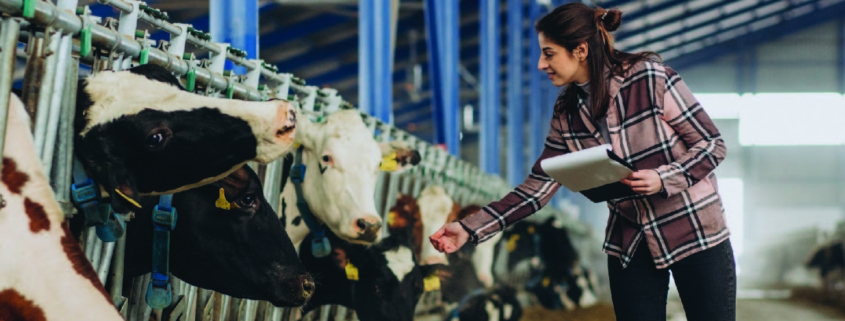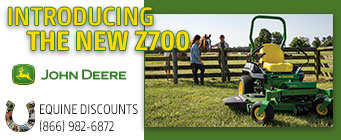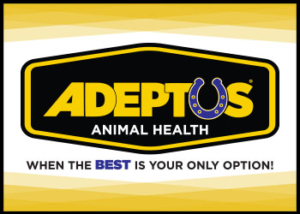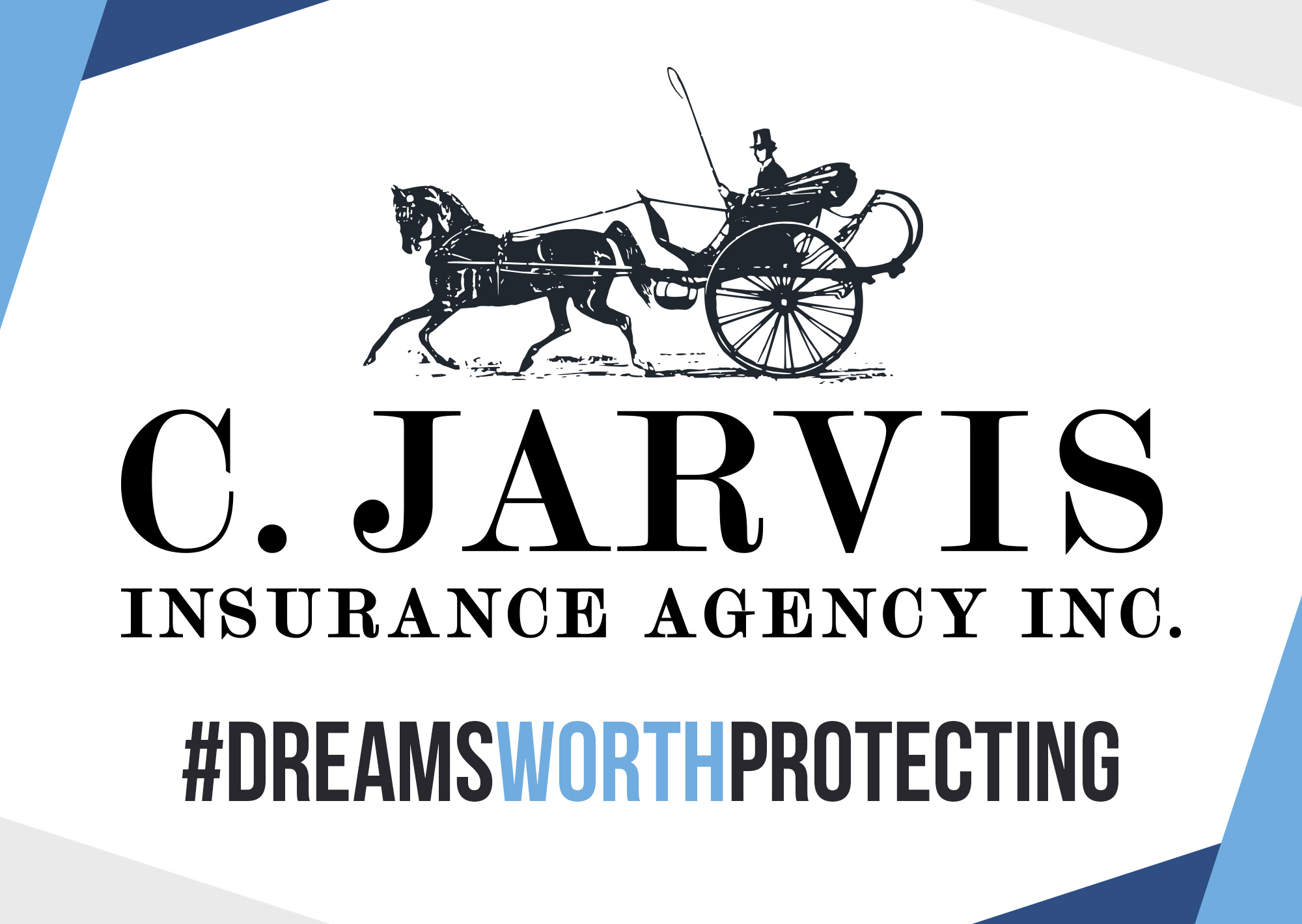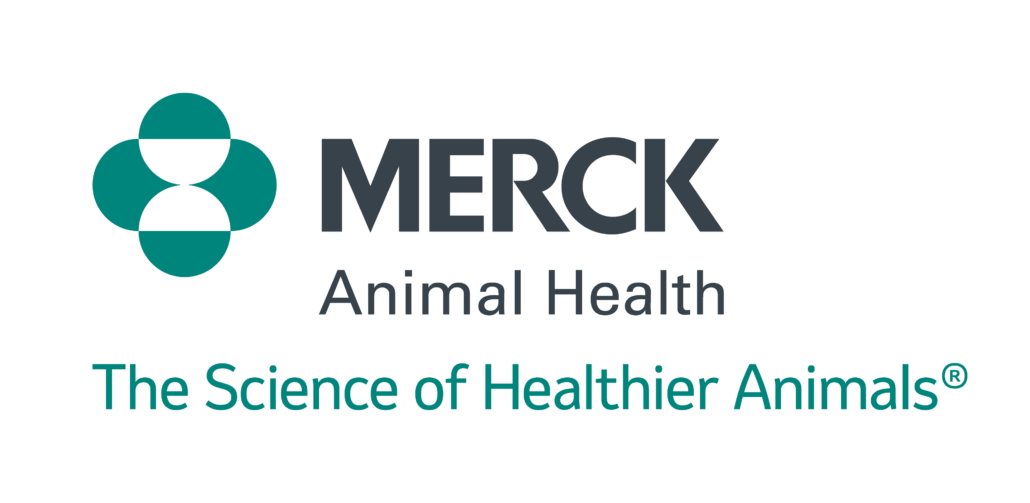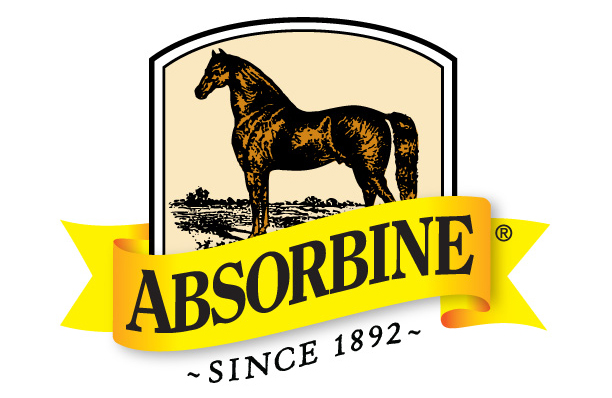CAFOs and the Horse Industry
What is a CAFO?
An Animal Feed Operation (AFO) is any animal feeding operation where animals are kept and raised in confined situations on a property for a total of 45 days in any 12-month period and where crops, vegetation, forage growth, or post-harvest residues are not sustained in the normal growing season over any portion of the lot of facility.
To be considered a Concentrated Animal Feeding Operation (CAFO), AFOs are permitted based on several conditions including the number of animals housed during each 12-month period. Facilities are regulated as a Small (<150 horses), Medium (150-499 horses), or Large CAFO (500+ horses).
No matter what size an operation is, if it is an AFO, it may be designated a CAFO. Many diverse types of horse operations including show grounds, breeding facilities, racetracks, recreational boarding stables, and more could be regulated as a CAFO.
Being defined as a CAFO requires you to manage wastewater and drainage, have a nutrient management plan, and repeat the permit inspection annually.
History of CAFO Regulations
The Clean Water Act (CWA) sets a basis for regulation of CAFOs within the United States since the 1970s. The CWA prohibits the discharge of pollution into the Water of the United States (WOTUS) from any point source, unless permitted by the National Pollutant Discharge Elimination System (NPDES). Currently, CAFOs are regulated by the EPA via the NPDES at the federal level. The EPA determines the maximum allowable amount of contaminants that can be discharged by a CAFO via the Effluent Guidelines.
Pollutants from manure in water cause excess algae growth and deplete the water of oxygen needed by fish and other aquatic life; they can also make the water unsafe for drinking and recreational activities.
Current CAFO effluent guidelines are based on tonnage of manure produced per animal. The federal permitting process qualifies states to manage NPDES permit applications with the exception of MA, NH, NM, and Puerto Rico. States are also able to add additional CAFO permitting requirements.
Current Federal Issues Affecting CAFO Regulations
Sackett vs. EPA
In 2022 the Supreme Court agreed to hear a case regarding enforcement of the CWA. The case focused on the definition of waters covered under the CWA and the EPAs ability to enforce those definitions.
In May 2023 the Supreme Court ruled the EPA did not have jurisdiction over the Sacketts’ property and thus “the Clean Water Act extends only to wetlands that have a continuous surface connection with “waters” of the United States — i.e., with a relatively permanent body of water connected to traditional interstate navigable waters, 33 U.S.C. § 1362(7).”
Updated Definitions to WOTUS
The EPA and U.S. Army Corps of Engineers (Corps) use the definition of WOTUS to determine which water bodies are subject to CWA programs. The recent Sackett ruling may affect how the EPA and Corps define WOTUS. Redefining WOTUS could determine how many operations should be considered CAFOs.
EPA Effluent Guidelines Program Plan 15
In February 2023, the EPA announced Effluent Guidelines Program Plan 15 (Plan 15). Plan 15 lays out a roadmap to research effluent discharge from several industries with the ultimate goal to provide information to update EPA Effluent Guidelines. This research plan includes studies of discharge from CAFOs, including horse operations.
Where is there potential for regulatory change?
The industry is concerned CAFO regulations were created with beef, dairy, poultry, pork, and other traditional food animals in mind and place excessive financial and logistical hardship on equine operations. As husbandry practices associated with horse operations differs from traditional food and fiber livestock, horse operations should have any required CAFO permitting tailored specifically to the circumstances surrounding husbandry practices.
There is potential for change with any updated CAFO definitions at the federal level, but it should be noted that many states have revised CAFO definitions and thus opportunities must also be reviewed at the state level. The AHC encourages all members to review CAFO regulations specific to their state and understand where there is potential for horse specific research and language updates.
Actionable Next Steps
Understanding CAFO regulations is half the battle of seeking change. AHC implores all horse facilities read up on active regulations both at the state and federal level. Knowing what regulations currently apply to your operation is critical to ensuring compliance and avoiding financial penalties. Reaching out to your state department of agriculture, or local USDA extension agent, is a great starting place to learn what regulations may apply to your operation.
Even if your operation is not classified as a CAFO, it’s important to comply with all applicable federal and local environmental regulations.
AHC has connected with the Plan 15 project manager and is continuing to stay in contact while the horse operation study evolves. We’ll work to make sure waste products from horse operations are fairly and accurately analyzed. Results from the Plan 15 study will provide guidance for any exemptions or horse specific language we may seek in CAFO permitting.
Where to learn more
If you’re interested in learning about CAFOs, feel free to reach out to Emily Stearns (estearns@horsecouncil.org).

